Rohit Verma
Towards a Flexible Scale-out Framework for Efficient Visual Data Query Processing
Feb 05, 2024Abstract:There is growing interest in visual data management systems that support queries with specialized operations ranging from resizing an image to running complex machine learning models. With a plethora of such operations, the basic need to receive query responses in minimal time takes a hit, especially when the client desires to run multiple such operations in a single query. Existing systems provide an ad-hoc approach where different solutions are clubbed together to provide an end-to-end visual data management system. Unlike such solutions, the Visual Data Management System (VDMS) natively executes queries with multiple operations, thus providing an end-to-end solution. However, a fixed subset of native operations and a synchronous threading architecture limit its generality and scalability. In this paper, we develop VDMS-Async that adds the capability to run user-defined operations with VDMS and execute operations within a query on a remote server. VDMS-Async utilizes an event-driven architecture to create an efficient pipeline for executing operations within a query. Our experiments have shown that VDMS-Async reduces the query execution time by 2-3X compared to existing state-of-the-art systems. Further, remote operations coupled with an event-driven architecture enables VDMS-Async to scale query execution time linearly with the addition of every new remote server. We demonstrate a 64X reduction in query execution time when adding 64 remote servers.
SmartSplit: Latency-Energy-Memory Optimisation for CNN Splitting on Smartphone Environment
Nov 01, 2021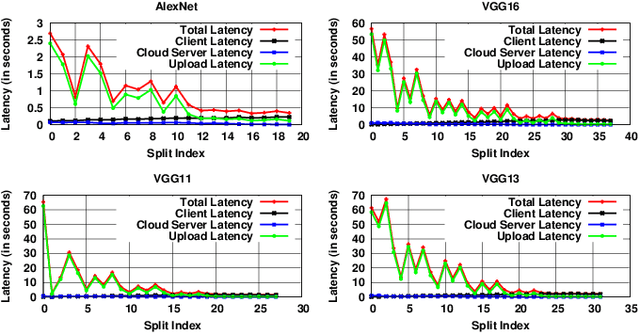
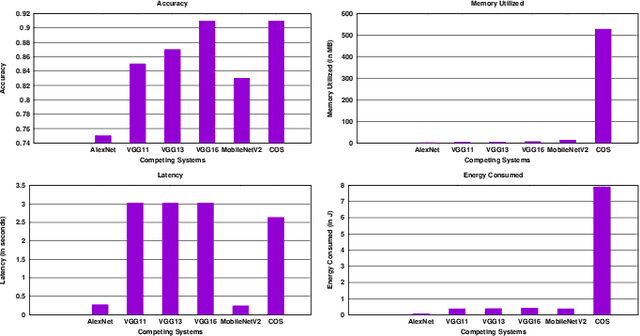

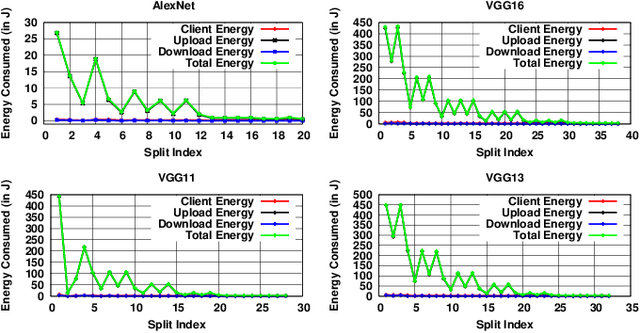
Abstract:Artificial Intelligence has now taken centre stage in the smartphone industry owing to the need of bringing all processing close to the user and addressing privacy concerns. Convolution Neural Networks (CNNs), which are used by several AI applications, are highly resource and computation intensive. Although new generation smartphones come with AI-enabled chips, minimal memory and energy utilisation is essential as many applications are run concurrently on a smartphone. In light of this, optimising the workload on the smartphone by offloading a part of the processing to a cloud server is an important direction of research. In this paper, we analyse the feasibility of splitting CNNs between smartphones and cloud server by formulating a multi-objective optimisation problem that optimises the end-to-end latency, memory utilisation, and energy consumption. We design SmartSplit, a Genetic Algorithm with decision analysis based approach to solve the optimisation problem. Our experiments run with multiple CNN models show that splitting a CNN between a smartphone and a cloud server is feasible. The proposed approach, SmartSplit fares better when compared to other state-of-the-art approaches.
FedFm: Towards a Robust Federated Learning Approach For Fault Mitigation at the Edge Nodes
Nov 01, 2021
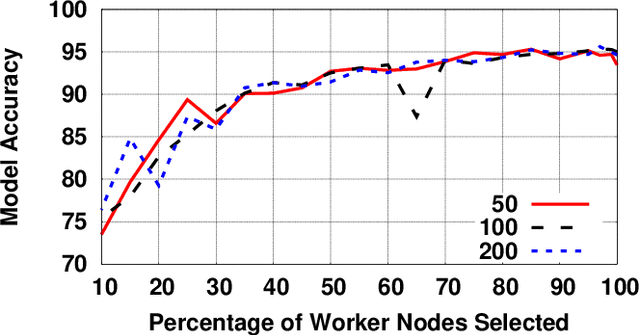
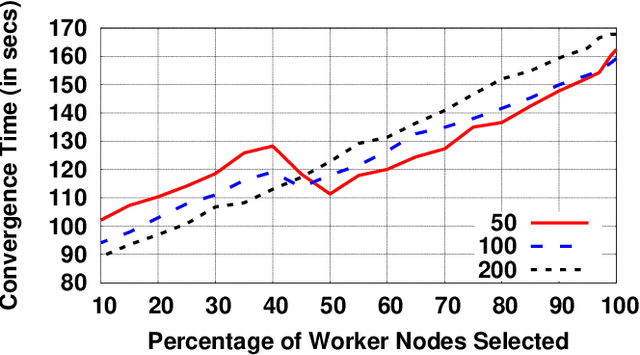
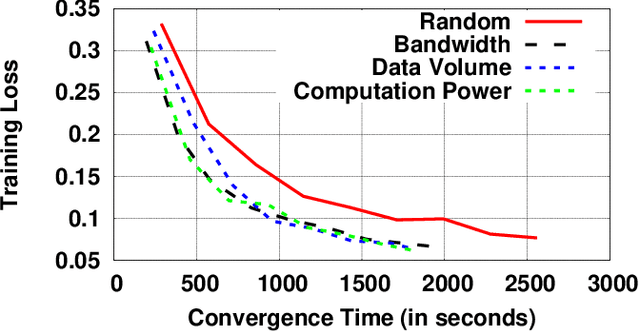
Abstract:Federated Learning deviates from the norm of "send data to model" to "send model to data". When used in an edge ecosystem, numerous heterogeneous edge devices collecting data through different means and connected through different network channels get involved in the training process. Failure of edge devices in such an ecosystem due to device fault or network issues is highly likely. In this paper, we first analyse the impact of the number of edge devices on an FL model and provide a strategy to select an optimal number of devices that would contribute to the model. We observe how the edge ecosystem behaves when the selected devices fail and provide a mitigation strategy to ensure a robust Federated Learning technique.
Latency-Memory Optimized Splitting of Convolution Neural Networks for Resource Constrained Edge Devices
Jul 19, 2021
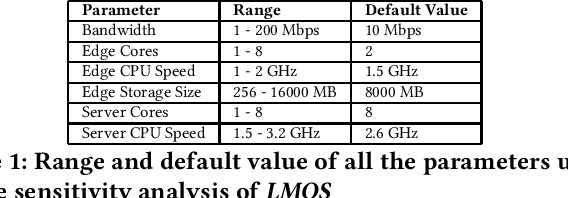
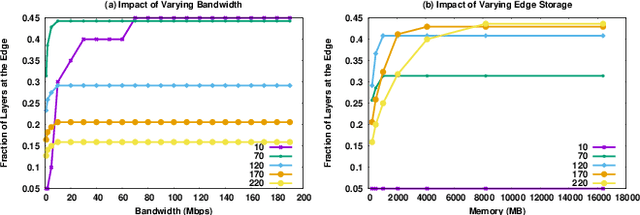

Abstract:With the increasing reliance of users on smart devices, bringing essential computation at the edge has become a crucial requirement for any type of business. Many such computations utilize Convolution Neural Networks (CNNs) to perform AI tasks, having high resource and computation requirements, that are infeasible for edge devices. Splitting the CNN architecture to perform part of the computation on edge and remaining on the cloud is an area of research that has seen increasing interest in the field. In this paper, we assert that running CNNs between an edge device and the cloud is synonymous to solving a resource-constrained optimization problem that minimizes the latency and maximizes resource utilization at the edge. We formulate a multi-objective optimization problem and propose the LMOS algorithm to achieve a Pareto efficient solution. Experiments done on real-world edge devices show that, LMOS ensures feasible execution of different CNN models at the edge and also improves upon existing state-of-the-art approaches.
Feature Engineering Combined with 1 D Convolutional Neural Network for Improved Mortality Prediction
Dec 08, 2019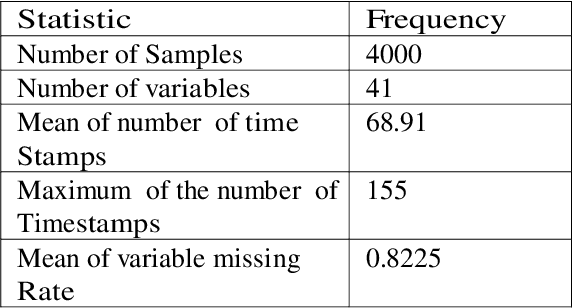
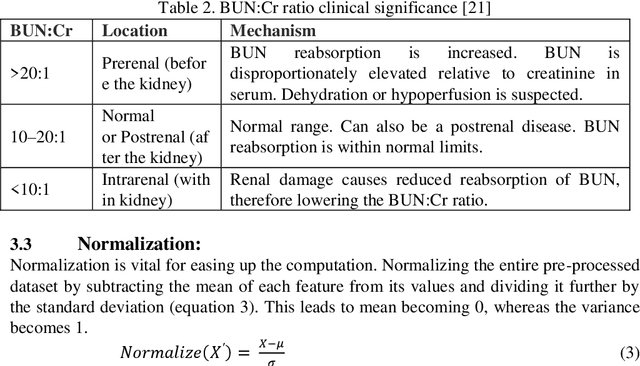
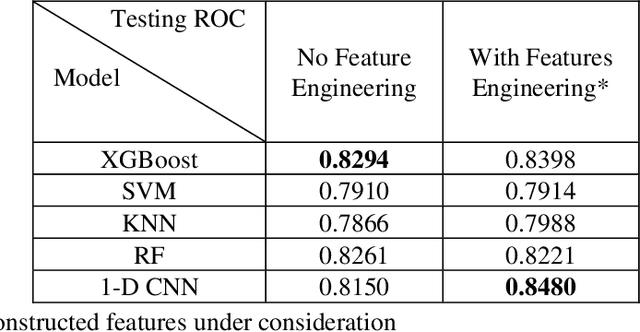
Abstract:The intensive care units (ICUs) are responsible for generating a wealth of useful data in the form of Electronic Health Record (EHR). This data allows for the development of a prediction tool with perfect knowledge backing. We aimed to build a mortality prediction model on 2012 Physionet Challenge mortality prediction database of 4000 patients admitted in ICU. The challenges in the dataset, such as high dimensionality, imbalanced distribution, and missing values were tackled with analytical methods and tools via feature engineering and new variable construction. The objective of the research is to utilize the relations among the clinical variables and construct new variables which would establish the effectiveness of 1-Dimensional Convolutional Neural Network (1- D CNN) with constructed features. Its performance with the traditional machine learning algorithms like XGBoost classifier, Support Vector Machine (SVM), K-Neighbours Classifier (K-NN), and Random Forest Classifier (RF) is compared for Area Under Curve (AUC). The investigation reveals the best AUC of 0.848 using 1-D CNN model.
 Add to Chrome
Add to Chrome Add to Firefox
Add to Firefox Add to Edge
Add to Edge